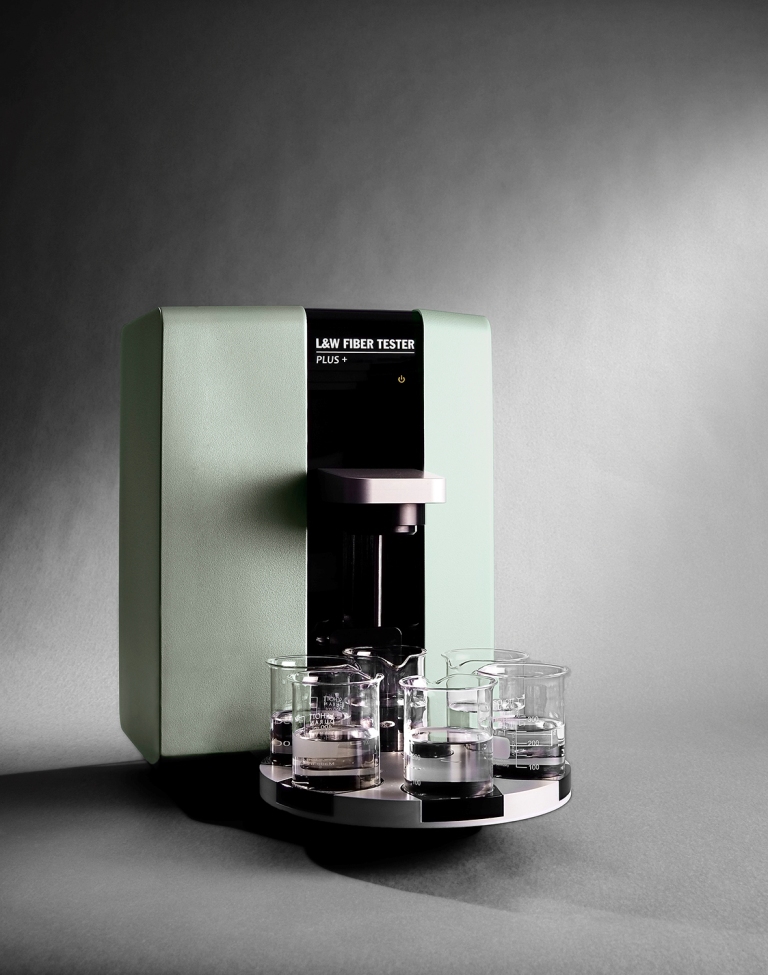
Products
Test & Measurement
ABB adds crill measurement for pulp
June 29, 2016 By Cindy Macdonald
 ABB’s Fiber Tester Plus is now available with L&W Crill
ABB’s Fiber Tester Plus is now available with L&W Crill ABB has launched a laboratory fiber analyzer with the capability to accurately detect the amount of crill in any pulp mixture. L&W Crill is an optional module to the portfolio of ABB’s fiber analyzers and expands the company’s offering of Lorentzen & Wettre products for fiber testing.
L&W Crill uses a method based on the fact that small particles absorb and scatter light, which makes it possible to detect very small particles in a pulp suspension.
This add-on to the fiber analyzers provides a complete range of fiber measurements, both image-based and non-image based, from one laboratory pulp sample for a more complete view of pulp fiber properties.
“We can now offer a complete range of fiber measurements methods within the same laboratory equipment, so you can get a truly holistic view of your fibers from analyzing only one sample,” says Anna Schärman, Global Product Manager, ABB AB/Lorentzen & Wettre products.
Crill is an important variable to measure in pulp mixtures, as these tiny fibers contribute to overall paper strength and end product quality.
ABB’s L&W Fiber Tester and L&W Fiber Tester Plus laboratory fiber analyzers are based on image analysis – there are more than 175 units installed worldwide. The addition of L&W Crill adds another dimension to pulp analysis and makes it possible to measure a new property.
L&W Crill analyzes pulp suspensions to monitor refining and dewatering. Refining the pulp increases the L&W Crill quota. During the refining process, the fibers are affected in different ways. For example, a statement from ABB explains, the fibrils of the fiber walls are exposed to a certain degree; these fibrillary particles on the fiber wall are described by crill. With this added capability, the L&W Fiber Tester Plus can now provide all information needed to understand pulp composition, including fiber length, fiber width, shape factor, fines content, fibril index and crill.
Because L&W Crill is not based on image analysis, it is not limited by the resolution of an imaging system. Instead, L&W Crill analyzes how particles with different diameters absorb and scatter light of different wave lengths. By sending UV-light and IR-light through a pulp suspension, it detects if small particles are present in the solution.
Print this page